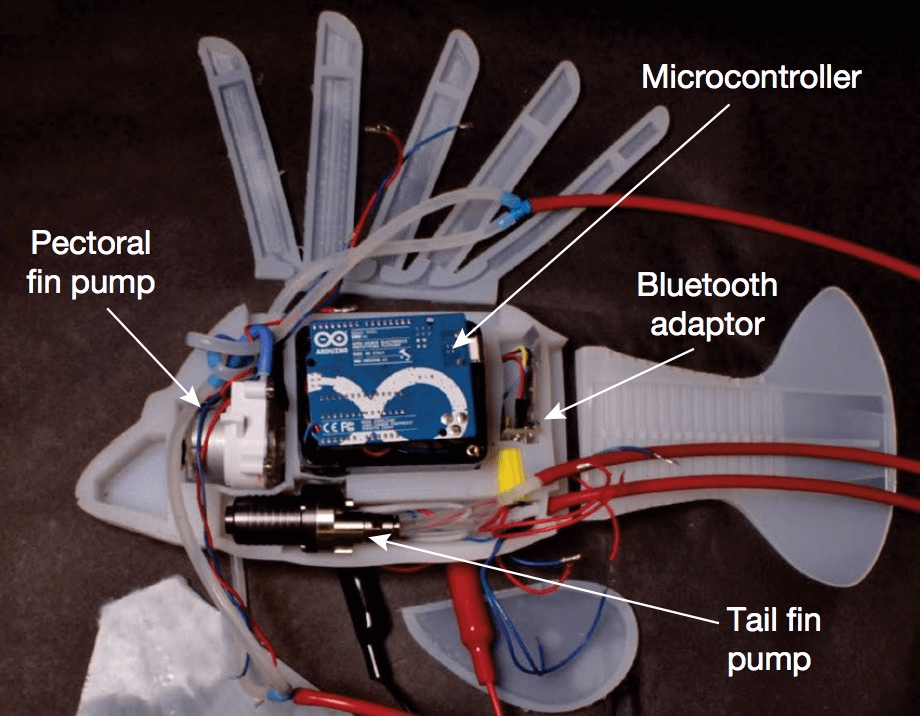- makeITcircular 2024 content launched – Part of Maker Faire Rome 2024Posted 2 weeks ago
- Application For Maker Faire Rome 2024: Deadline June 20thPosted 2 months ago
- Building a 3D Digital Clock with ArduinoPosted 7 months ago
- Creating a controller for Minecraft with realistic body movements using ArduinoPosted 7 months ago
- Snowflake with ArduinoPosted 8 months ago
- Holographic Christmas TreePosted 8 months ago
- Segstick: Build Your Own Self-Balancing Vehicle in Just 2 Days with ArduinoPosted 8 months ago
- ZSWatch: An Open-Source Smartwatch Project Based on the Zephyr Operating SystemPosted 9 months ago
- What is IoT and which devices to usePosted 9 months ago
- Maker Faire Rome Unveils Thrilling “Padel Smash Future” Pavilion for Sports EnthusiastsPosted 10 months ago
Robot Fish Is Powered By a Robot-Blood Battery

Researchers from Cornell University and the University of Pennsylvania have created a lifelike robotic lionfish with a circulatory system. That circulatory system enables the fish to circulate synthetic blood throughout its body.
The blood is a liquid triiodide cathode, which circulates past zinc cells submerged in an electrolyte. As the zinc oxidizes, it releases electrons, which power two hydraulic actuators, as well as the Arduino Uno control setup. This integral battery—which would be analogous to blood in a real fish—gives it enough energy to operate untethered for 36 hours, though as it swims at 1.56 body lengths per minute.
In total, the fish contains about 0.2 liter of blood, distributed throughout an artificial vascular system that was designed on a very basic level to resemble the structure of a real heart. The rest of the fish is made of structural elements that are somewhat like muscle and cartilage.
This fascinating new experiment is yet another sign of how robots are becoming increasingly animal-like in both form and function. Once clunky, stiff, and simple, robots are now becoming agile, soft, and sophisticated.
Check out the video below to watch the robotic fish in action.















